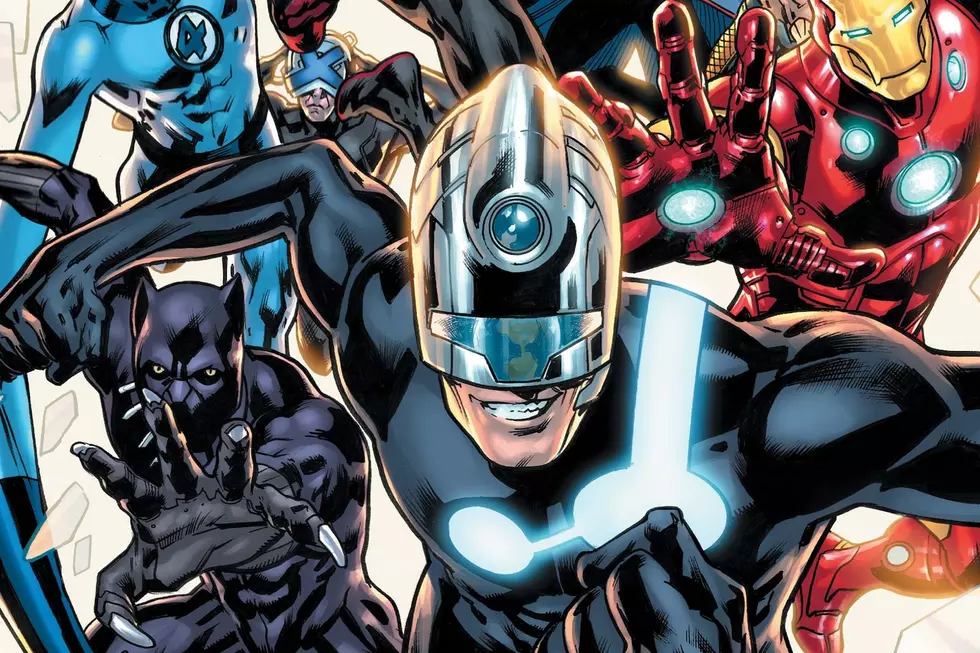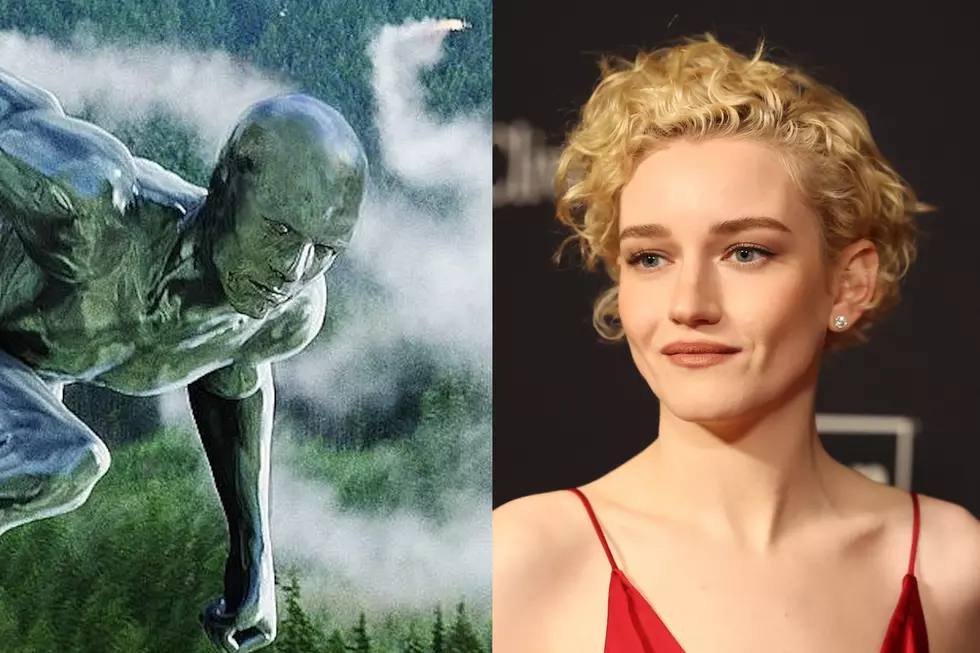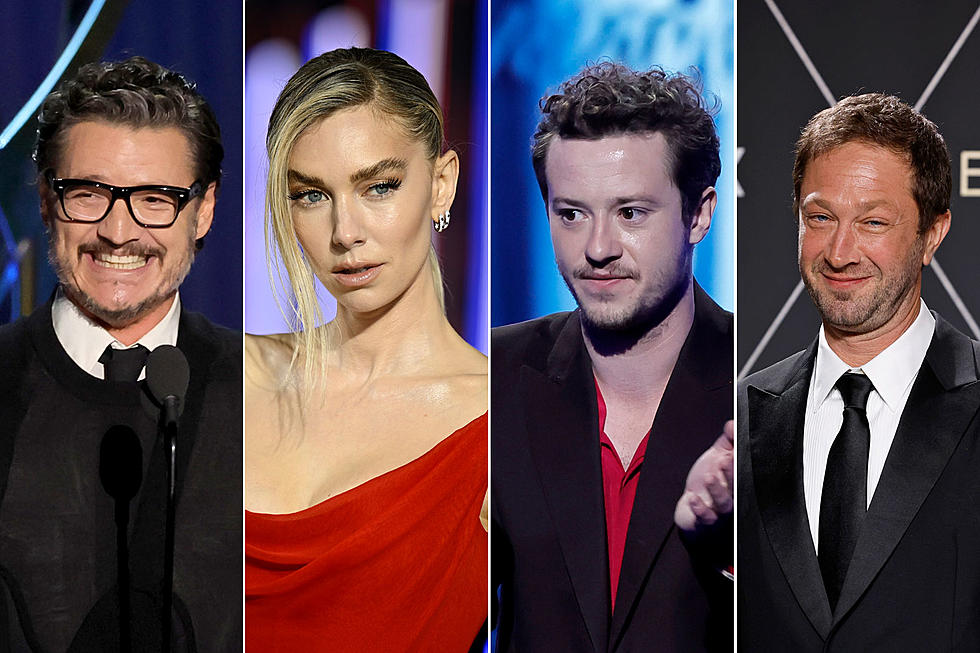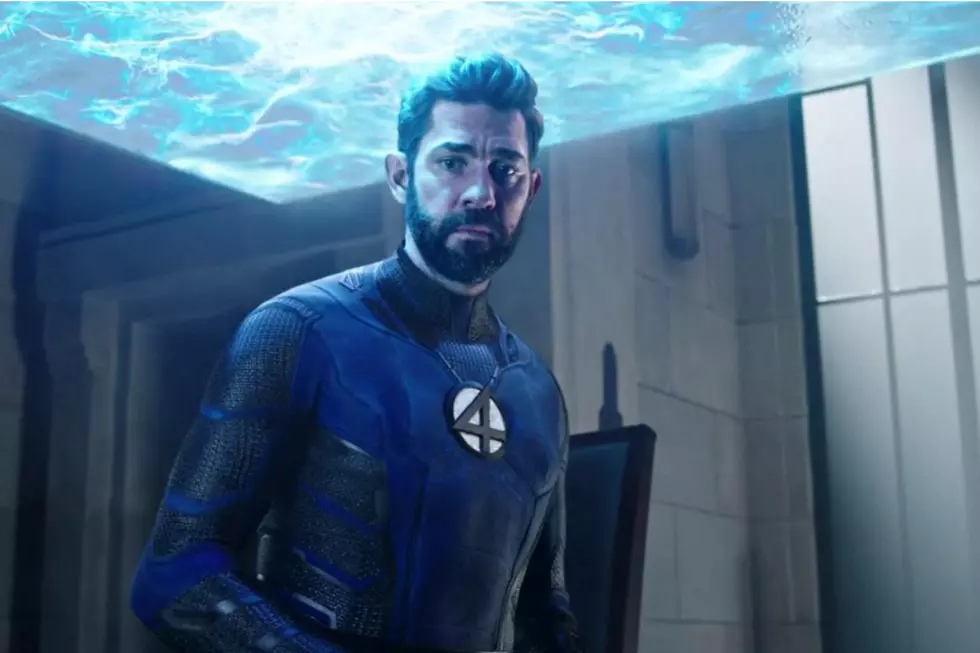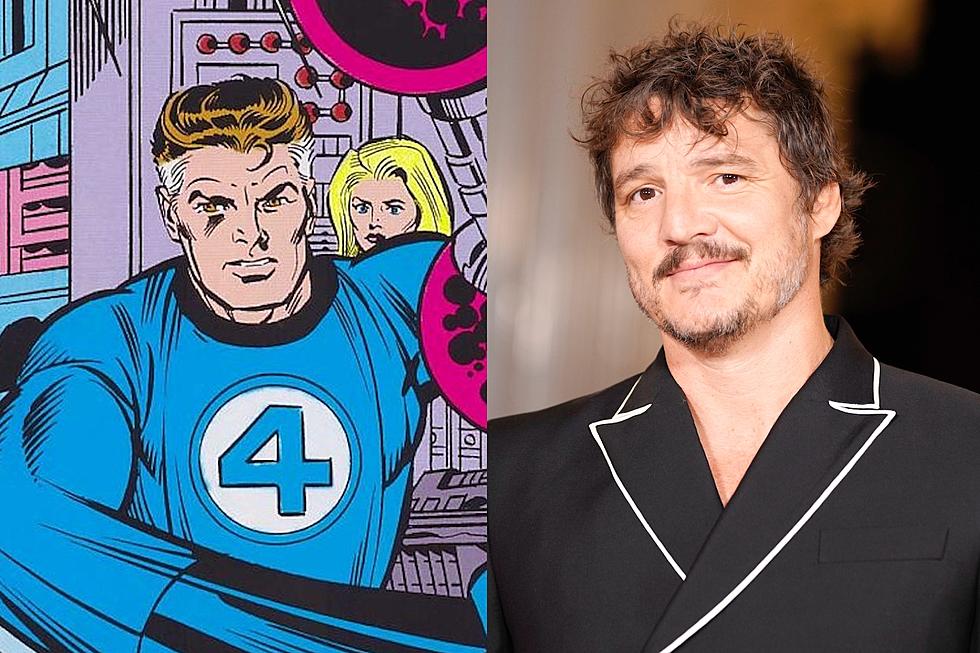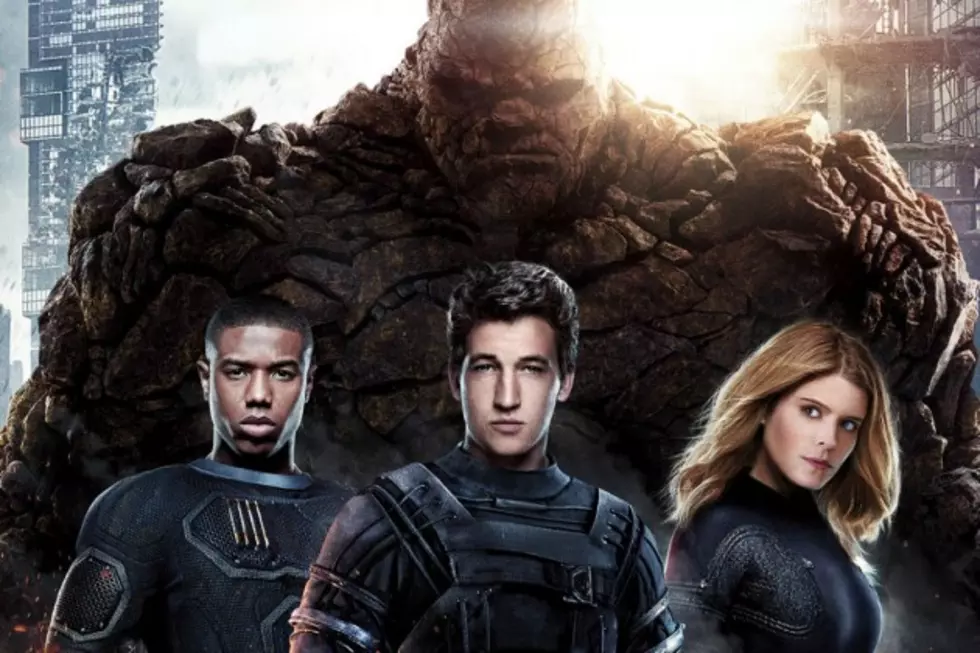
The ‘Fantastic Four’ Reboot Proves There’s No Way to Make a Good ‘Fantastic Four’ Movie
Josh Trank’s Fantastic Four reboot hit the box office with a thud this weekend, dead on arrival as foretold by a readily apathetic internet contingency that eagerly dismissed the film before it even headed into production. Following Tim Story’s disastrous previous outings in 2005 and 2007, it seemed no one was interested in another reboot, even from the studio that’s found recent success — both critical and commercial — with the X-Men franchise. Maybe there’s just no good way to make a Fantastic Four movie.
Between the gossipy reports of Trank’s behavior on set, the general lack of belief in Fox’s ability to properly reboot the franchise, and the studio’s decision to keep the film hidden from the press for as long as possible, Fantastic Four never stood a chance. Fox didn’t take the film to Comic-Con last year, which many took as an early omen of Fantastic Four’s poor quality and the studio’s lack of faith in Trank’s vision.
Conflicting reports have continued to swirl around the production — Trank was folding under pressure and unprofessional, Fox didn’t like his approach from the beginning, there were a lot of reshoots (depending on who you ask, these were either barely incorporated into the finished product or incredibly obvious — i.e. Sue Storm’s bad wig), and Fox was still shooting the film as recently as two months ago.
All we can do is judge the final result, a film that is mostly decent for the first hour before devolving into a cheap, CG-heavy, lackluster action sequence reminiscent of a video game boss battle. The character-building is decent (though not great), but it’s the most interesting aspect of the film. As soon as Reed, Sue, Johnny and Ben are gifted (or burdened) with their powers, the film turns into a silly mess.
But maybe that problem isn’t contained to Trank’s origin story of Marvel’s First Family. Looking back on previous adaptations, they were all pretty silly. From Roger Corman’s forgotten 1994 film to Tim Story’s lame version and its appalling sequel, the worst parts of those films are the handling of the team’s powers and their villains. Dismissing Story’s sequel for a moment, each of these films have given us a laughably awful version of Doctor Doom, the team’s long-running archenemy.
Corman and Story’s iterations of Doom are faithful to a fault to his appearance in the comic books, featuring a basic green cloak and metal mask. Trank attempted to do something different — when Doom is left in the alternate dimension, the energy he absorbs is so powerful that it horrifically grafts his space suit to his body. The end result is more effective than his big screen predecessors, but ridiculous all the same. He is a man with a metal face obscuring his mouth and rendering him incapable of facial expressions — particularly unfortunate given Toby Kebbell’s incredible acting range. But this is Doctor Doom’s costume, and reimagined or no, his face will always be covered with metal. The absurdity of his appearance feels inevitable.
Similarly, the powers of the Four are inherently silly — Reed Richards becomes Mr. Fantastic, with Stretch Armstrong-like abilities; Sue Storm becomes the Invisible Woman, able to render herself and other objects invisible and create force fields; Johnny Storm becomes the Human Torch, capable of flaming on and off at will and using his ability to fly very fast; Ben Grimm becomes the Thing, a hulking pile of rocks.
Each of the Fantastic Four films have been unable to avoid how utterly comical these powers are. These powers feel more at home on the vivid pages of comic books, not on the big screen. Are some of the X-Men’s powers silly? Sure. Same goes for the Marvel Studios characters. But those directors and studios have found a way to tone down the absurdity, blending the fantastical with reality, and shaping their worlds carefully with humor and self-awareness.
Tim Story’s Fantastic Four films were intended to be light and humorous popcorn flicks, but the humor was entirely unintentional and the rest was corny. Corman’s flick was backed by a studio eager to capitalize on the characters before they lost the rights — it was rushed into production with a hefty amount of financial backing, but the end result was…well, it was a Roger Corman movie. What did they expect?
Trank wanted to take a more “grounded,” body horror approach to the characters, and there are brief glimmers of that. The director name-dropped body horror master David Cronenberg in earlier interviews, a name as easy to drop as David Lynch when describing something “weird.” But there are some Cronenbergian aspects to Trank’s film — the agony of Reed and Ben’s transformations, for instance, or the outlandish, campy science that feels like it was inspired by eXistenZ, or the numerous head-explosions clearly inspired by Scanners.
Fantastic Four isn’t a horror movie, nor is it a horror story. That was the approach Trank had in mind, but in our current era of superhero films, grim and gritty has been eschewed in favor of a more measured approach that blends intimate character arcs with epic action and contemporary humor. No one wants to make a superhero movie like Chris Nolan’s Dark Knight trilogy anymore (although DC and WB sure are trying), films which wore out their welcome by the third installment — the dour attitudes just felt exhausting to sit through.
Fantastic Four is one of the most difficult comic book properties to adapt, and you could easily lump them in with characters like Dazzler, who has never appeared in an X-Men movie for good reason, or Wonder Woman’s invisible jet, which more than likely will not appear in Zack Snyder’s Batman v Superman: Dawn of Justice — these things are as silly as rubbery limbs and men made of fire and rocks. No matter who directs the film or who stars in it or how good the CGI is, these abilities will always come off as corny. There’s a place for corny in comic books, but on the big screen it belongs in mid-’90s rom-coms.
As many have rightfully pointed out before me, perhaps the best adaptation of the Fantastic Four was Brad Bird’s The Incredibles. But that was a Pixar film, and you can get away with far more fantastical and silly stuff in animation, a delightful world of endless absurd possibilities, where the humor of these powers is to be expected and embraced. It shouldn’t be this hard to make a Fantastic Four movie, but maybe that’s as good reason as any to stop trying.
More From ScreenCrush
